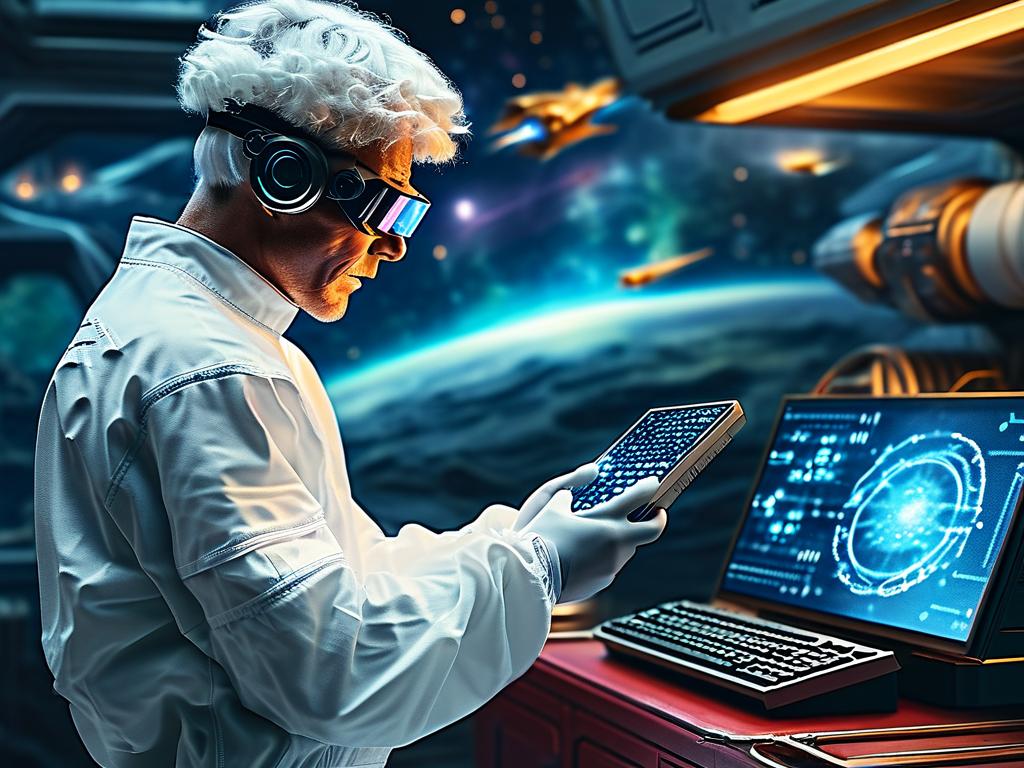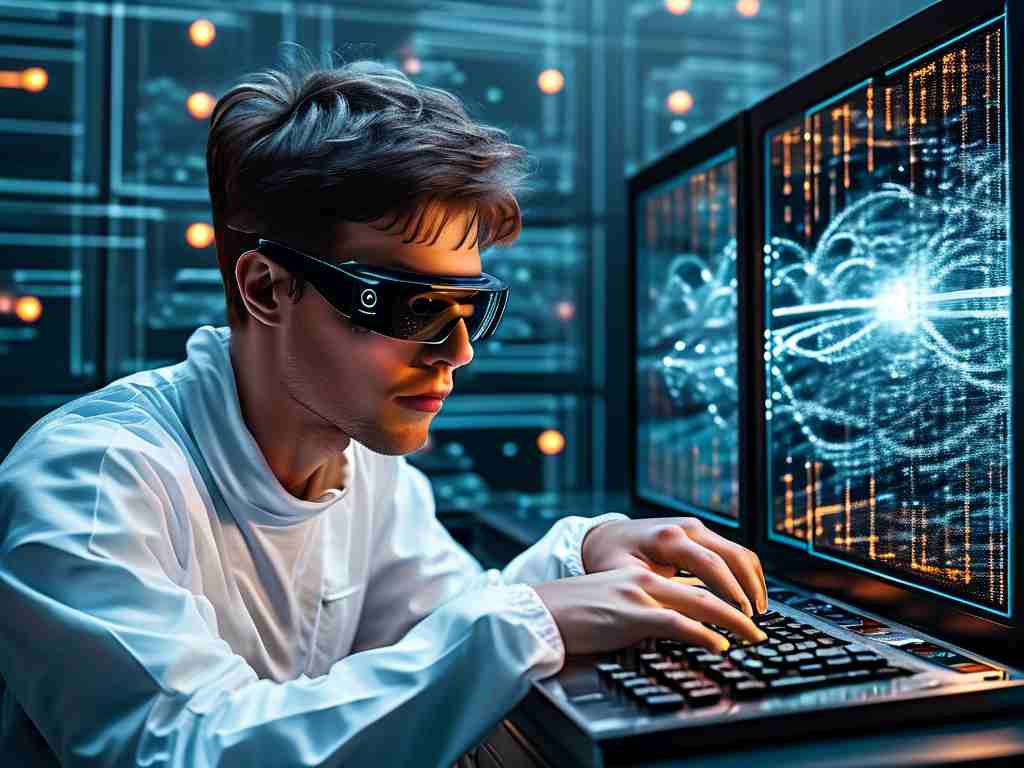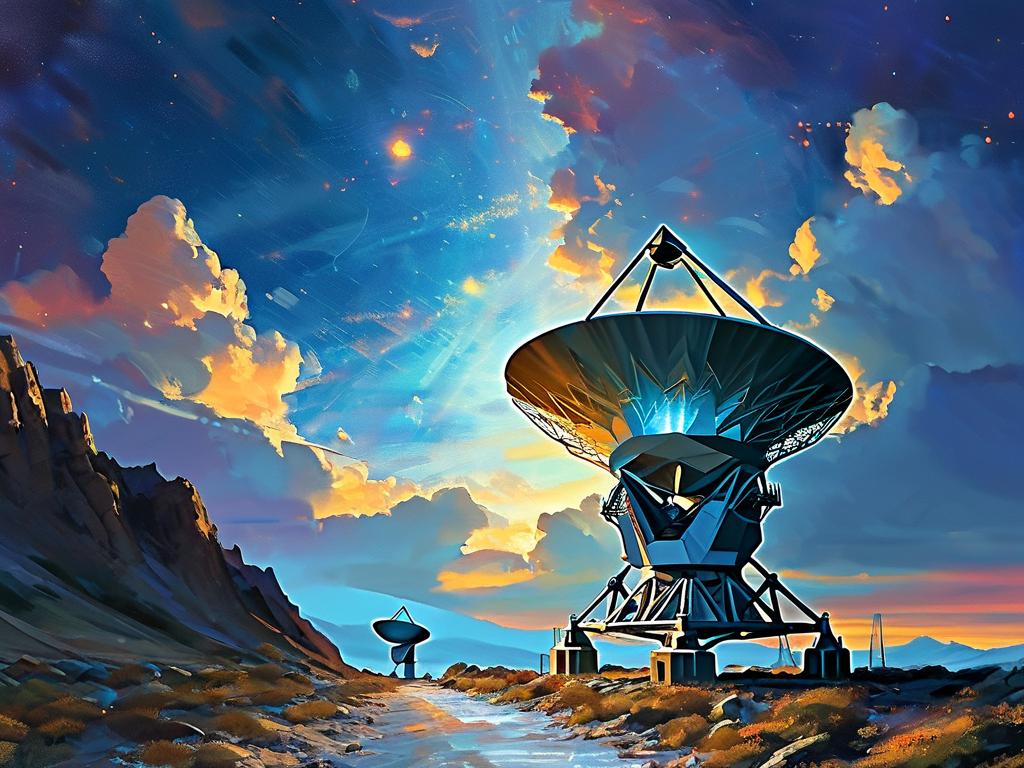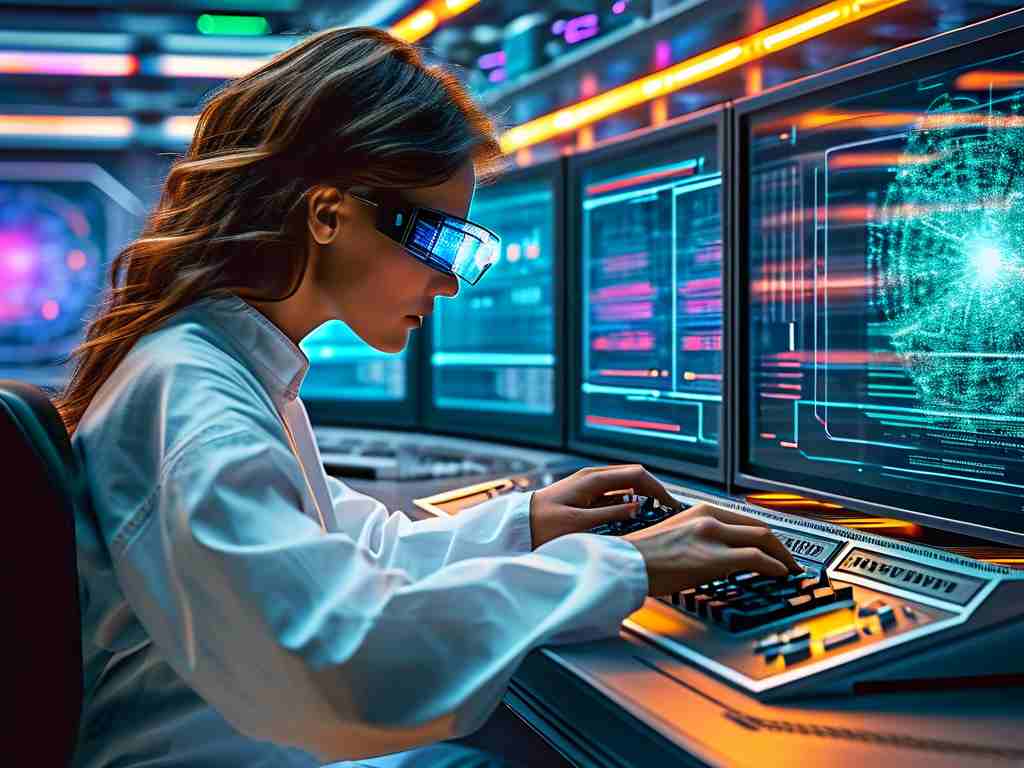The intersection of classical physics and quantum information technology represents one of the most transformative frontiers in contemporary science. As traditional physics disciplines evolve to address the complexities of quantum systems, researchers are uncovering groundbreaking methodologies that redefine computation, communication, and material science. This article explores how physicists are adapting their expertise to pioneer innovations in quantum information science while addressing the challenges and opportunities of this interdisciplinary leap.

The Quantum Revolution: From Theory to Application
Quantum mechanics, once confined to theoretical discussions and microscopic phenomena, now underpins tangible technological advancements. Physicists specializing in condensed matter, optics, and particle physics are increasingly transitioning into quantum information roles. Their deep understanding of superposition, entanglement, and decoherence provides critical insights for developing quantum algorithms and error-correction protocols. For instance, techniques from statistical physics are being repurposed to model noise in quantum circuits, while photonics experts contribute to refining quantum communication networks like quantum key distribution (QKD).
A notable example lies in quantum computing hardware. Superconducting qubits, inspired by Josephson junction physics, rely on principles from low-temperature physics. Similarly, trapped-ion systems draw from atomic physics and laser cooling techniques. This synergy highlights how foundational physics knowledge is indispensable for overcoming engineering hurdles in quantum device fabrication.
Educational Shifts and Cross-Disciplinary Collaboration
The transition from classical physics to quantum technology demands reimagined educational frameworks. Universities are introducing hybrid programs blending quantum mechanics, computer science, and electrical engineering. Courses on quantum machine learning and quantum cryptography now complement traditional physics curricula, equipping students with skills to design quantum sensors or optimize quantum annealing processes.
Collaborations between academia and industry further accelerate this shift. Tech giants like IBM and Google partner with physics research groups to co-develop quantum processors, while startups leverage academic breakthroughs to commercialize quantum-enhanced solutions. Such partnerships underscore the importance of translating theoretical models into scalable technologies—a process requiring physicists to master both lab experimentation and software tools like Qiskit or Cirq.
Challenges in Scaling Quantum Systems
Despite progress, significant barriers persist. Quantum decoherence remains a critical bottleneck, demanding innovative approaches from materials science and control theory. Physicists-turned-quantum-engineers are experimenting with topological qubits and error-mitigation strategies to extend coherence times. Meanwhile, cryogenic infrastructure—a staple in many physics labs—is being adapted to maintain the ultra-low temperatures required for superconducting quantum devices.
Another challenge lies in standardization. Unlike classical computing, quantum technologies lack unified benchmarks, necessitating physics-inspired metrics to evaluate performance. Researchers are advocating for "quantum supremacy" tests that validate computational advantages while accounting for hardware-specific limitations—a task requiring deep interdisciplinary dialogue.
Future Prospects and Societal Impact
The fusion of physics and quantum information science promises far-reaching implications. Quantum sensors derived from atomic interferometry could revolutionize navigation and medical imaging, while quantum simulations may unlock new materials for sustainable energy. Moreover, quantum networks leveraging entanglement could establish ultra-secure global communication infrastructures.
As this field matures, physicists will play dual roles as explorers and architects—probing fundamental questions while engineering practical systems. Their unique perspective bridges the gap between abstract theory and real-world applications, ensuring that the quantum revolution remains grounded in rigorous scientific principles.
In , the migration of physics expertise into quantum information technology marks a pivotal chapter in scientific history. By embracing cross-disciplinary collaboration and innovative education, the global research community is poised to unlock quantum technologies that reshape industries and redefine humanity's technological capabilities.









